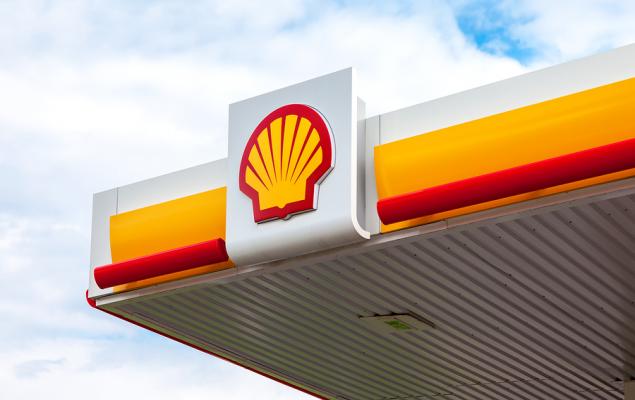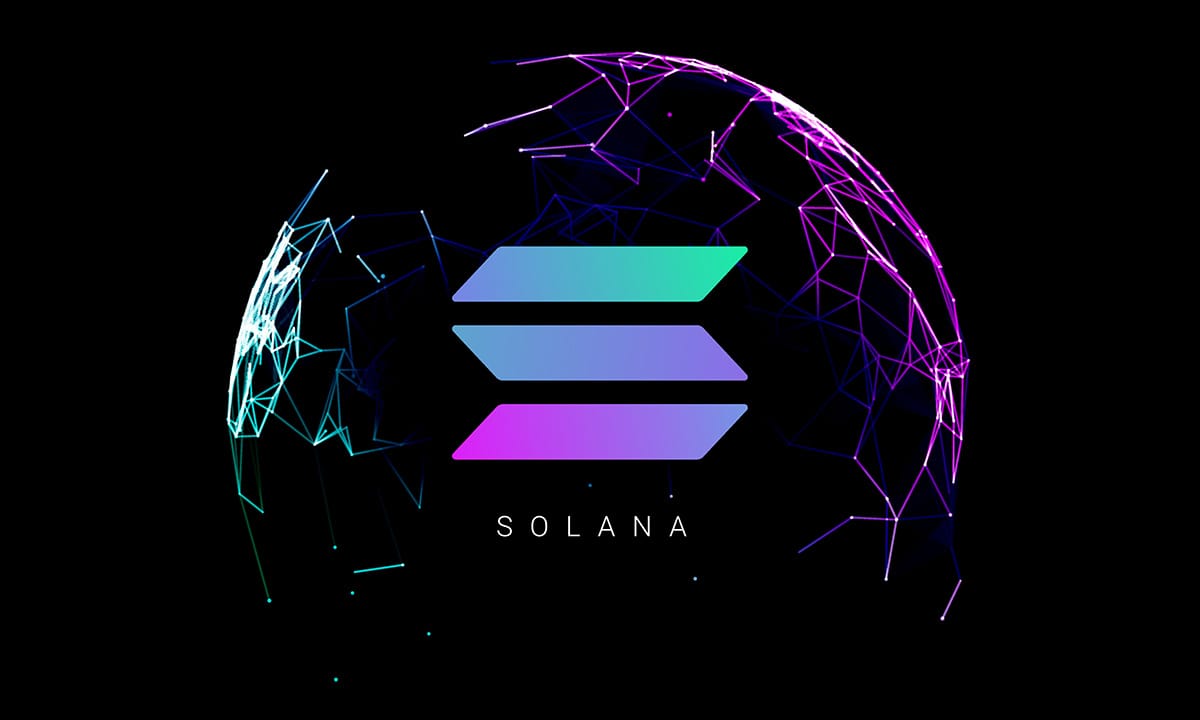European energy giant Shell plc SHEL has positioned itself strategically for the future, particularly through its collaboration with Equinor ASA EQNR in the North Sea. This joint venture creates the U.K.’s largest producer on the UK Continental Shelf (UKCS), targeting 220,000 barrels of oil equivalent per day (BOE/d) by 2030. Despite such promising developments, London-based Shell’s shares have edged down 2.2% year to date, underperforming the Oil/Energy sector’s 4% gain, though it has outpaced continental rival BP plc’s BP 13.2% decline. As 2025 approaches, Shell faces both opportunities and challenges that could shape its trajectory.
Image Source: Zacks Investment Research
Shell’s partnership with Norway’s Equinor combines strengths in the North Sea, leveraging assets like Shell’s Jackdaw gas field and Equinor’s Rosebank oil field. Jackdaw is set to come online in 2025, contributing 40,000 BOE/d, while Rosebank’s 77,000 BOE/d production begins in 2027. This JV enhances Shell’s UKCS dominance and offers access to high-margin projects. However, the UK’s harsher fiscal framework, including a windfall tax of 38% until 2029, could dampen profitability.
Shell remains the world’s largest LNG exporter, accounting for more than 15% of global LNG trade. Its integrated gas segment contributed $2.6 billion to net earnings in the third quarter of 2024. Upcoming projects like LNG Canada Phase 1 and Qatar expansions bolster growth prospects. Additionally, Shell’s renewable energy investments, including wind and renewable natural gas, reflect a commitment to sustainability. However, renewables have yet to deliver strong returns, dragging overall profitability.
Shell’s deepwater operations in the Gulf of Mexico and Brazil exemplify capital efficiency. Projects like Vito Phase 2 and Mero-3 aim to add 500,000 barrels per day, driving upstream growth. Yet, declining production in mature regions like the UKCS poses long-term risks. UKCS output has dropped to a quarter of its 1990s peak, and Shell’s limited reserves signal a potential upstream production decline, which could adversely impact revenues.
Shell’s financial discipline underpins its robust cash flow and shareholder returns. For the third quarter, the company reported $6 billion in adjusted earnings and $14.7 billion in cash flow from operations, enabling double-digit free cash flow yields. With a dividend yield of around 4.5% and 12 consecutive quarters of $3 billion in share buybacks, Shell demonstrates its commitment to rewarding investors. Despite a 7% year-over-year revenue decline to $71.1 billion in the quarter, the company beat the Zacks Consensus Estimate for earnings over the last four quarters, with the average surprise being 15.4%.





